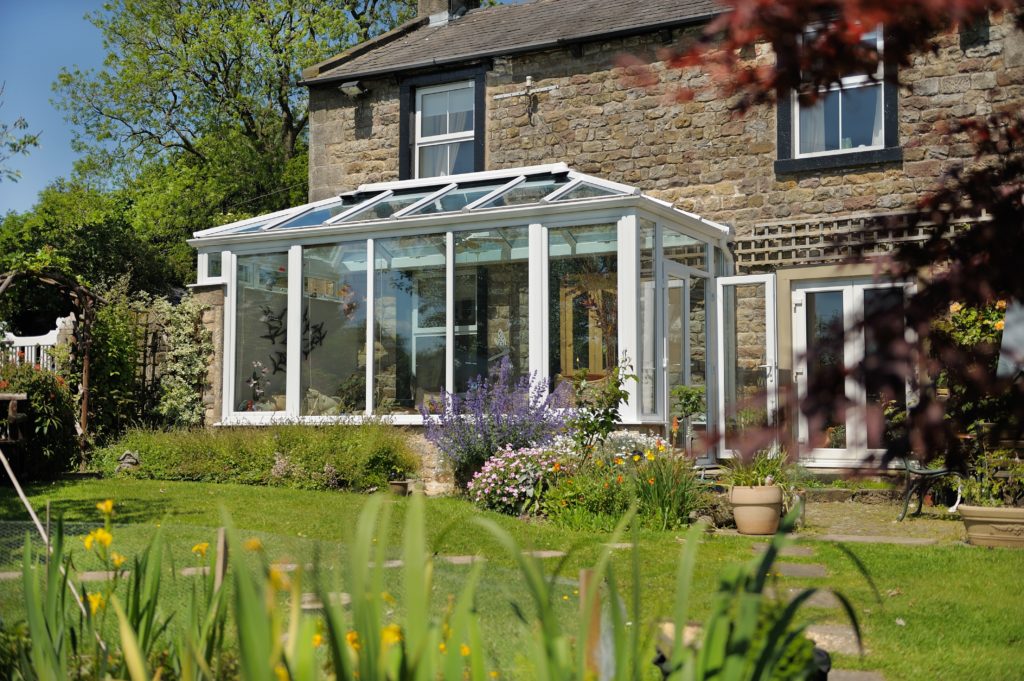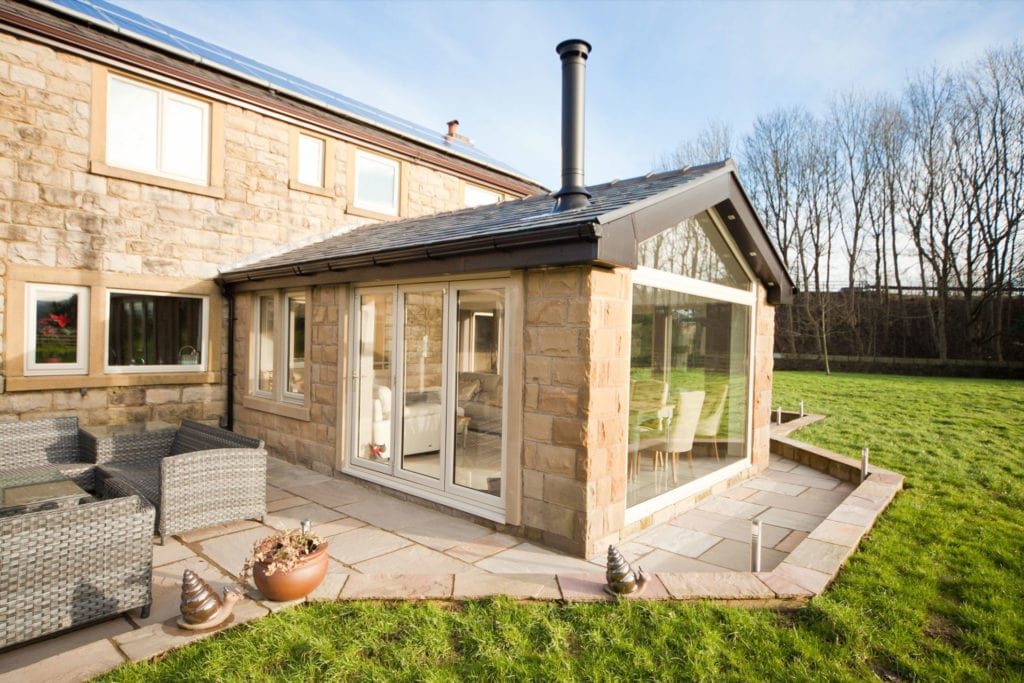When Does a Conservatory Become an Extension?
29th May 2025
29th May 2025

In the world of home improvements, the line between a conservatory and a house extension can sometimes feel blurred. As modern design and building technology have advanced, homeowners are increasingly opting for highly insulated, year-round spaces that may look like conservatories but function more like traditional extensions. So, when does a conservatory become an extension – legally, functionally, and aesthetically?
This guide explores the key differences and indicators that can help determine where one ends and the other begins.
The most fundamental difference between a conservatory and an extension lies in how they are built.

A conservatory typically:
A house extension, on the other hand:

If your conservatory features a solid roof, full walls, and open-plan integration, then by most definitions, it’s no longer a conservatory – it’s a house extension.
Traditionally, conservatories were used as seasonal spaces – ideal for spring and summer, but often too cold in winter or too hot during peak summer days. However, with the rise of thermal-efficient glass, underfloor heating, and insulated roofing, conservatories are now used all year round.
If your conservatory:
…it’s functioning more like a standard extension than a casual sunroom or garden room.
From a legal standpoint, planning permission and building regulations can also help define whether a structure is considered a conservatory or an extension.
Most conservatories are exempt from building regulations if they meet the following conditions:
However, if these conditions aren’t met – for example, if the conservatory is open-plan, has a solid roof, or includes plumbing and electrics connected to the house – it will likely require full compliance with building regulations, and may be classed as an extension.
Always check with your local planning authority before making significant structural changes.
One of the most telling features is the roof. A traditional glass or polycarbonate roof is a hallmark of a conservatory. But many homeowners now choose tiled or solid roofs for improved insulation and aesthetics.
The moment a conservatory has:
…it begins to function like a house extension and may legally be classified as such.
At Astral Direct, we offer tiled roof conservatories that strike the perfect balance between both worlds – delivering the natural light of a conservatory and the comfort of a fully insulated extension.
Visually, conservatories tend to be more glass-heavy and ornate (especially Victorian or Edwardian styles), while extensions blend into the original architecture of the home.
If your new space matches the rest of your house in terms of brickwork, roof tiles, and windows, and there’s no clear boundary between old and new, it will likely be perceived as an extension, both by local authorities and property valuers.
Understanding whether your space is a conservatory or an extension has practical implications:
The line between conservatory and extension is no longer as clear-cut as it once was. Thanks to modern materials and evolving design preferences, many homeowners now enjoy the best of both worlds: stylish, energy-efficient spaces that offer light and openness with year-round usability.
Whether you’re leaning toward a traditional conservatory or a full extension, Astral Direct is here to guide you through the process. We’ll help you design a space that not only looks stunning but also meets your needs and complies with current building regulations.And if you’re still unsure which route is best, feel free to reach out – or explore further with our sister company Castle Conservatories, who also specialise in bespoke orangeries, extensions, and conservatories across Surrey.